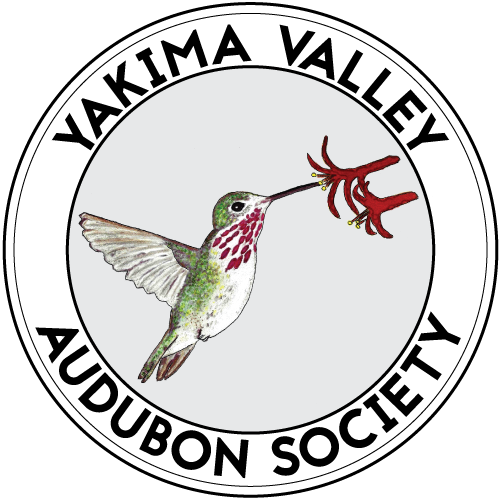Backyard Bumbles - An Introduction to Washington's Bumblebees - David Jennings
General ·David Jennings
Our Backyard Bumbles: An Introduction to Washington's BumblebeesDavid Jennings Bumblebees are some of our most endearing native pollinators. With their furry bodies (and ability to thermoregulate) they are well-adapted to survive in colder and temperate ecosystems, such as those in Washington State. Bumblebees are the only bees native to North America that are truly social â€'there are also some sweat bees that meet the definition of eusocial. Bumblebees have a complex social life and their means of communicating within colonies are not fully understood, despite many decades of research. Unlike the European honey bee, bumblebees have an annual lifecycle and only the queen bee survives the harsh winter, subsisting overwinter on food reserves she consumed prior to hibernation. There are many factors that impact bumblebee populations. While some species have stable populations, others are in decline. As generalist foragers, they do not depend on any one plant species; however, many native and agricultural plants do rely on bumblebees to achieve pollination. Bumblebees are more efficient than honey bees in pollination of some human food crops, including tomatoes and cranberries. Thus, the loss of bumblebees has far ranging impacts due to their role as pollinators. Learn them, respect them, protect them!
Posted by Yakima Valley Audubon Society on Thursday, March 25, 2021
